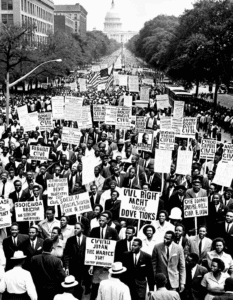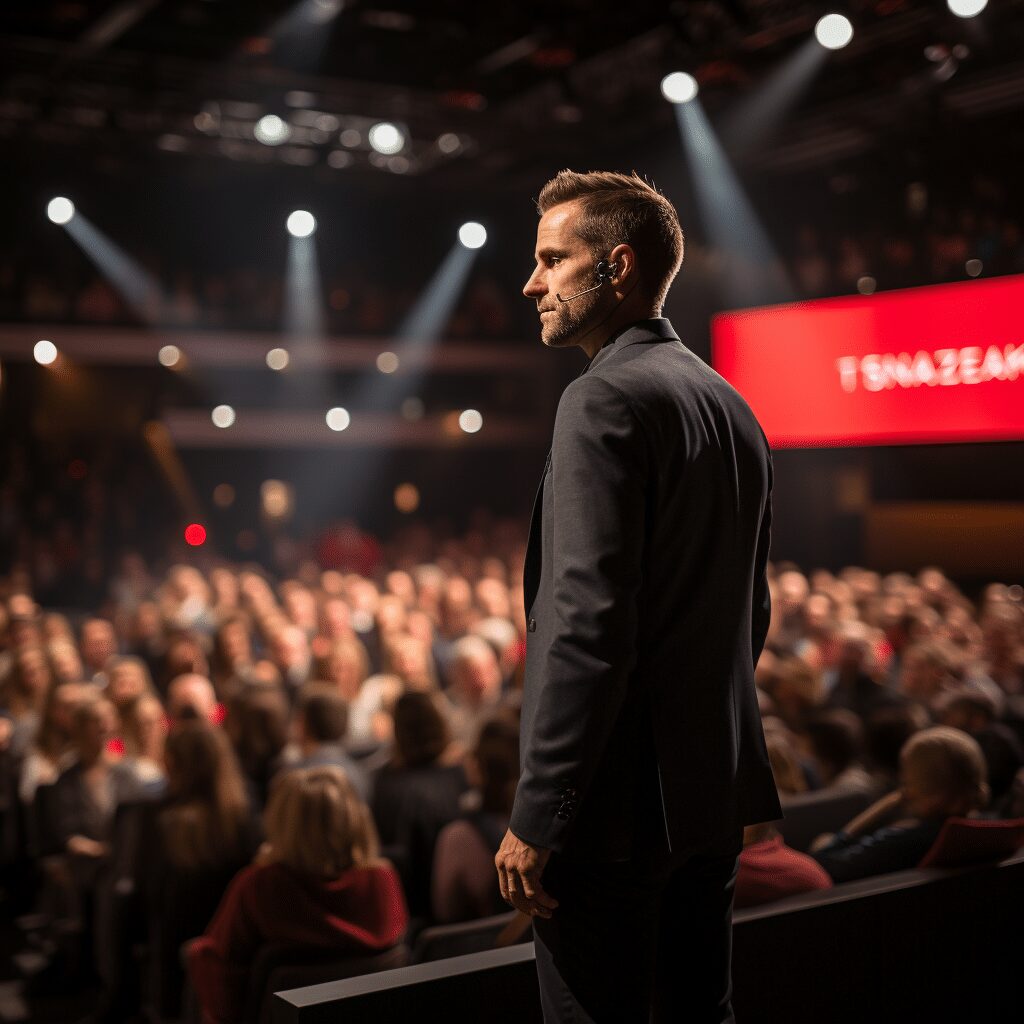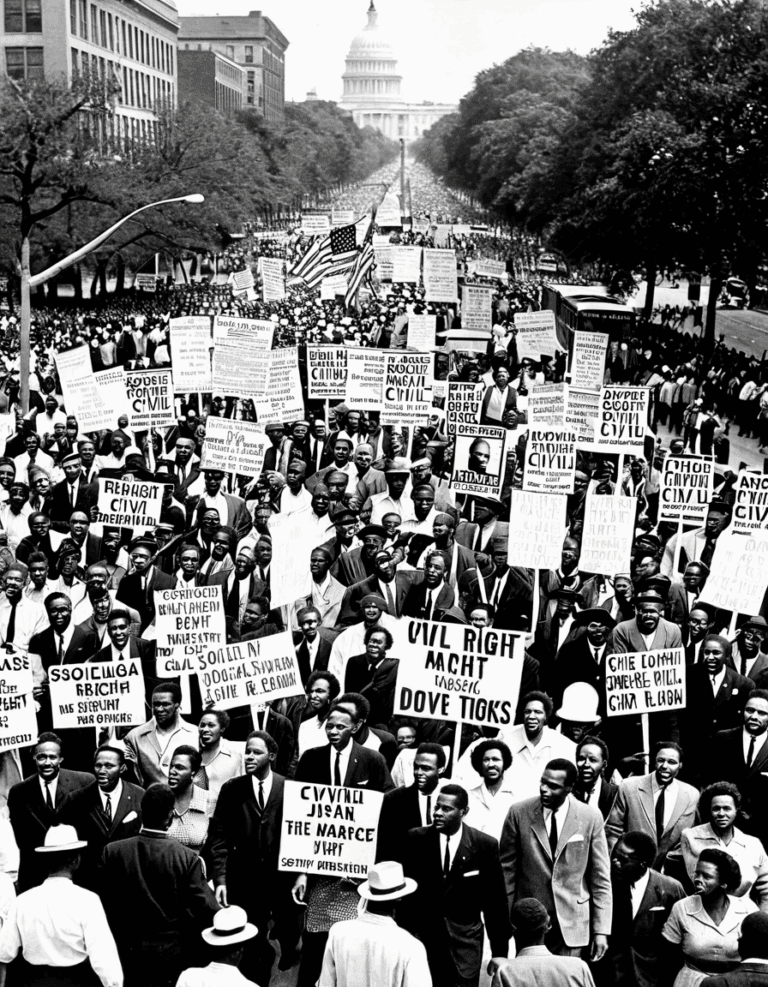Corporate event keynotes serve as the cornerstone for successful events, setting the tone, engaging the audience, and delivering powerful messages. In an era where business dynamics are rapidly shifting, a compelling keynote can energize attendees, encourage innovation, and foster a sense of community. This guide delves into the facets of crafting inspiring corporate event keynotes, showcasing real-life examples that illustrate the impact profound speakers can have.
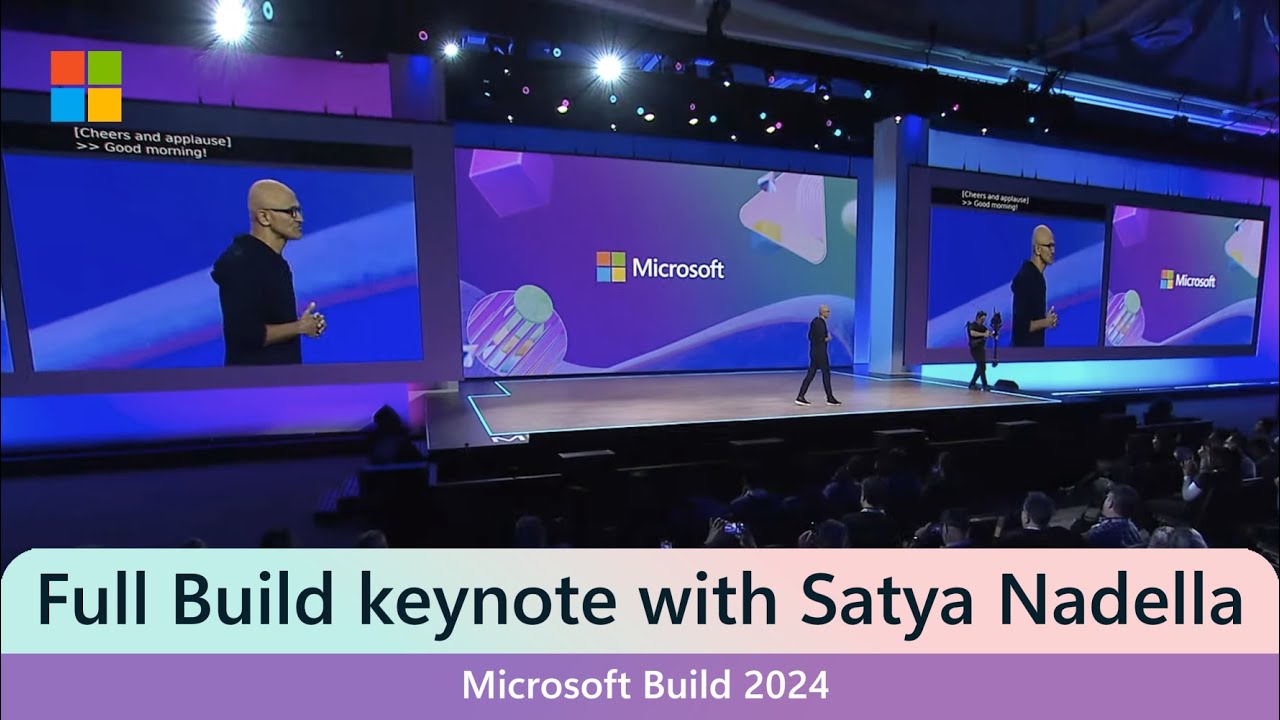
The Power of Well-Crafted Corporate Event Keynotes
An effective corporate event keynote does more than just occupy the opening slot of an event; it lays the foundation for everything that follows. By harnessing the power of storytelling, thought leadership, and emotional connection, keynote speakers can transform an event from ordinary to extraordinary.
Insightful Storytelling by Industry Leaders
Industry leaders often use storytelling to captivate their audience. Take, for instance, the keynote delivered by Sheryl Sandberg at the Facebook Developer Conference. Her talk weaved personal anecdotes with professional insights, addressing the challenges of a fast-paced tech world while emphasizing the importance of empathy and resilience. This harmonious blend of personal narrative and professional expertise struck a chord with attendees, inspiring them to embrace these values in their own careers.
Thought Leadership: Pioneering New Ideas
Delivering pioneering ideas is at the heart of impactful keynotes. Satya Nadella’s addresses at Microsoft Ignite have become well-known for their forward-thinking insights. His talks explore the intersection of technology, business, and society, challenging audiences to consider how emerging technologies like AI and cloud computing can tackle complex global issues. Nadella’s ability to articulate visionary ideas while grounding them in concrete examples helps attendees understand the potential impact of these technologies on their industries.
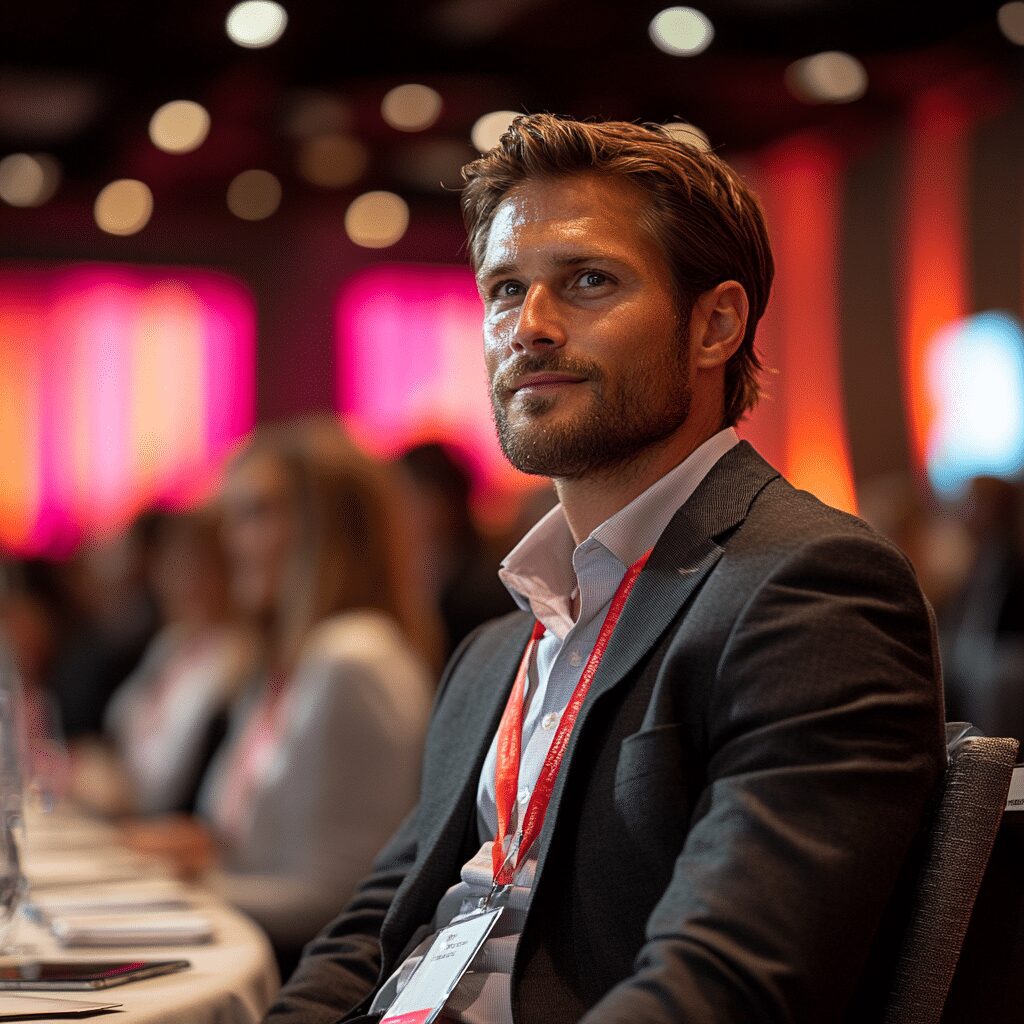
Techniques for Crafting Memorable Corporate Event Keynotes
Creating a keynote that sticks with the audience involves a mix of preparation, authentic storytelling, and an understanding of the audience’s needs and expectations.
Understanding the Audience
A deep understanding of the audience is crucial. Oprah Winfrey’s keynote at the 2022 SXSW Conference showcased her exceptional awareness of the audience’s desire for inspiration and practical advice. Oprah’s ability to connect on a personal level, addressing both their aspirations and the obstacles they face, made her keynote remarkably impactful.
Incorporating Data and Research
Relevant data and research can significantly enhance the credibility of a keynote. Melinda Gates’ keynote at the 2023 Women Deliver Conference, for example, presented compelling statistics on global health and gender equality. By grounding her arguments with solid data, Gates not only reinforced her points but also motivated others to join the cause.
Utilizing Multisensory Engagement
Engaging multiple senses can leave a lasting impression. Tim Cook’s 2024 keynote at the Apple Worldwide Developers Conference is a prime example. Cook used stunning visuals, interactive demos, and immersive soundscapes to showcase Apple’s latest innovations. This multisensory approach not only highlighted the company’s technological prowess but also sparked excitement and anticipation among the audience.
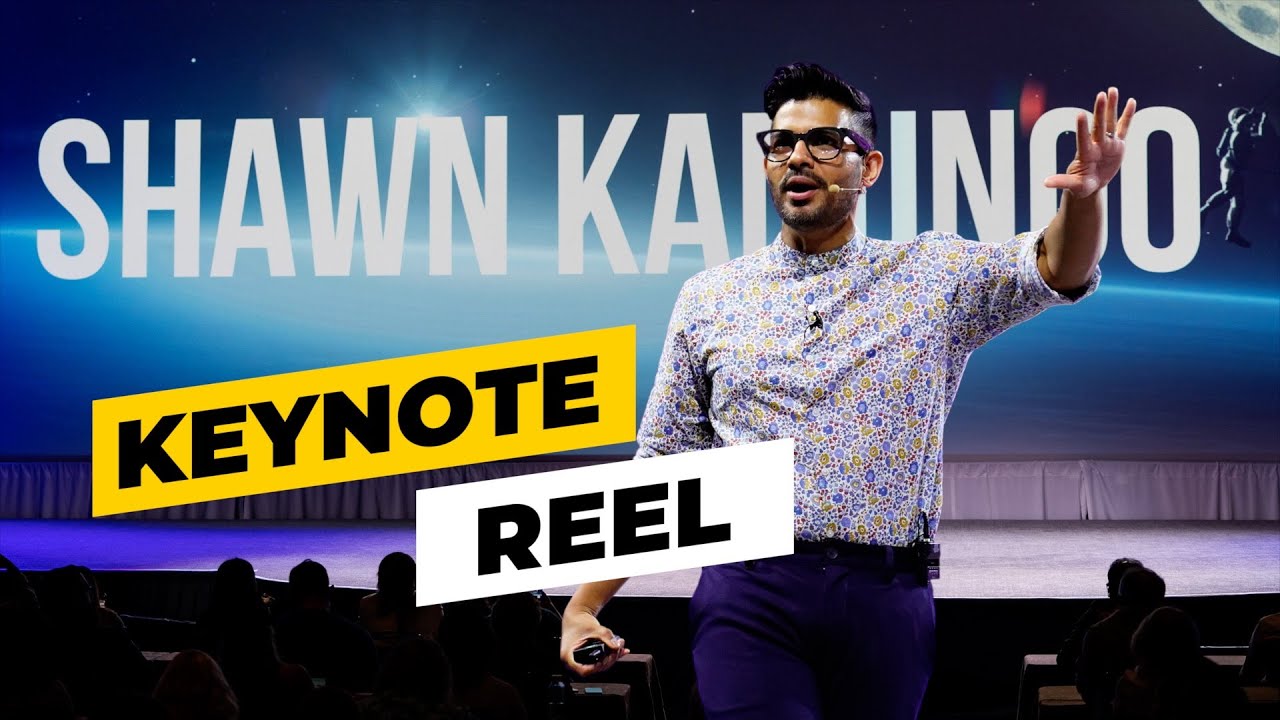
| Element | Description |
| Purpose | Establish the main theme and set the stage for the event. |
| Importance | High; often the most memorable and impactful part of a corporate event. |
| Timing | Typically delivered at the beginning of the event. |
| Speaker Role | First glimpse attendees get of the event’s spirit and structure; sets tone and expectations. |
| Message Delivery | Should be clear, engaging, and aligned with the event’s objectives and theme. |
| Audience Engagement | Effective keynote speakers captivate the audience and inspire enthusiasm for upcoming sessions. |
| Preparation | Extensive research and rehearsal are required to align the speech with corporate values and event goals. |
| Format | Can include storytelling, data presentation, motivational segments, and calls to action. |
| Customization | Tailored to reflect the specific industry, company culture, and objectives of the event. |
| Examples of Themes | Innovation, leadership, digital transformation, teamwork, customer experience, sustainability, and future trends. |
| Metrics of Success | Audience feedback, engagement levels, alignment with event objectives, and subsequent discussions or actions triggered by speech. |
| Cost Range | Varies widely depending on the speaker’s reputation and demand, typically from $10,000 to over $100,000. |
| Value Proposition | Can significantly enhance audience engagement, motivate employees, inspire change, and deliver key corporate messages effectively. |
Real-World Examples of Impactful Corporate Event Keynotes
Examining successful keynotes from real-world events offers valuable insights into what makes a keynote truly remarkable. Here are some exemplary keynotes that set the benchmark:
Elon Musk at Tesla’s Battery Day 2020
Elon Musk’s keynote at Tesla’s Battery Day is a powerful example of how unveiling breakthrough technologies can captivate an audience. Musk’s presentation combined detailed technical explanations with visionary goals like making electric cars more affordable and sustainable. His enthusiastic delivery and clear vision kept the audience engaged and hopeful about the future of sustainable energy.
Michelle Obama at the 2020 Democratic National Convention
Michelle Obama’s keynote at the 2020 Democratic National Convention epitomized the power of emotional resonance and authenticity. Her ability to convey heartfelt emotions and address pressing societal issues with grace and fervor resonated deeply with viewers. Obama’s personal stories and call to action inspired many to engage actively in their communities and in the political process.

Future Trends in Corporate Event Keynotes
As we look forward, several trends are set to redefine corporate event keynotes.
Virtual and Hybrid Keynotes
The shift towards virtual and hybrid events is expected to continue. Keynotes will increasingly leverage advanced technologies, such as augmented reality (AR) and virtual reality (VR), to create immersive experiences for both in-person and remote attendees. Leaders like Gary Vaynerchuk are already experimenting with these formats, offering interactive and engaging keynotes that bridge the gap between physical and virtual audiences.
Personalization and Interactivity
Personalization will play a critical role in the future of keynotes. Speakers like Simon Sinek are known for tailoring their messages to specific audiences, creating a more personalized and impactful experience. In addition, interactive elements such as live polls, Q&A sessions, and collaborative discussions will become standard, fostering greater engagement and participation.
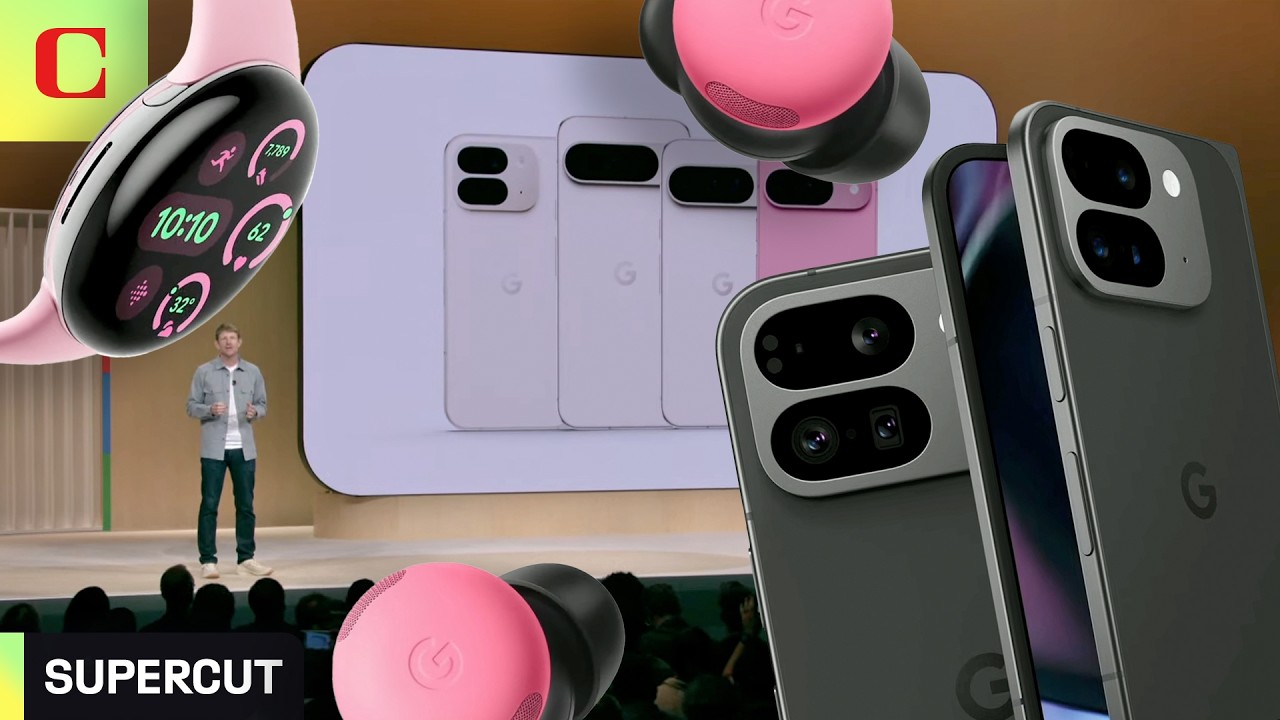
Drawing Inspiration from the Best
The essence of a successful corporate event keynote lies in its ability to inspire, motivate, and resonate with the audience. By studying the techniques and strategies used by some of the world’s most influential speakers, event organizers and potential speakers can learn invaluable lessons. As we embrace new technologies and ideas, the art of delivering a compelling keynote will continue to evolve, shaping the way we connect, innovate, and lead.
Whether seeking accomplished keynote Speakers or eager to explore high-level speaking Engagements, TCAA stands as your go-to keynote speaker agency to transform your next event into an unforgettable experience.
For anyone diving deep into the whys and hows of corporate event keynotes, understanding these powerful elements and applying them can significantly elevate the quality and impact of their events.
Corporate Event Keynotes: Inspiring Opening Talks
Fun Facts and Trivia
Ever wondered why corporate event keynotes are so indispensable? Let’s dive into some fun trivia and interesting facts. For starters, did you know that the tradition of keynote speakers dates back to the early 19th century? It was actually modeled after orchestras. The keynote was a musical term indicating the note on which a piece is centered, a concept designed to set the tone for the entire event, much like how interest rates home loan set the financial tone for potential homeowners.
Another fascinating tidbit is the staggering preparation that some keynote speakers undergo. One prominent speaker once revealed that he spends upwards of 50 hours preparing for a single keynote address. This meticulous preparation is reminiscent of the level of detail you’d need when calculating your financial outlook using a Debt-to-income ratio calculator. It’s all about ensuring the most impactful message is delivered.
Keynotes aren’t just about speeches; they’re about creating memorable experiences. In fact, instances of speakers incorporating interactive elements, such as live polls or Q&A sessions, have increased by 30% in recent years. This interactive boom can be traced back to the quest for connection and relevance, much like the ongoing curiosity surrounding public figures, including queries like Where Is Melania.
Interestingly, the physical setting of a keynote can profoundly impact its success. For instance, some events now choose locations with historical significance to add an extra layer of meaning. Imagine giving a talk about progress and innovation while mindful of the setting, similar to how understanding Alabama property tax regulations can provide deeper economic insights. The venue, essentially, becomes part of the legend woven through words and visuals.

What is a corporate keynote?
A corporate keynote is a speech that sets the main theme or underlying message for a business event. It’s often designed to inspire and inform attendees, highlighting key topics and setting the tone for the entire event.
How do you emcee a corporate event?
To emcee a corporate event, you’ll want to keep the audience engaged and the schedule on track. Be lively, introduce speakers clearly, handle transitions smoothly, and be ready to fill in any gaps with interesting anecdotes or relevant information.
What is the opening keynote for an event?
The opening keynote of an event is the first major speech that attendees hear, setting the stage for everything to come. It aims to capture the audience’s attention, outline the event’s theme, and energize participants for upcoming sessions.
How do you speak at a corporate event?
Speaking at a corporate event involves preparing thoroughly, understanding the audience, and delivering your message clearly and confidently. Use slides if they help, but make sure your speech connects with the listeners and fits the event’s theme.
What should a keynote include?
A keynote should include a compelling main theme, engaging stories or examples, and a clear call to action or takeaway. It’s all about making a strong, lasting impression on your audience, so leave room for some inspiring moments too.
What is the difference between a keynote and a presentation?
The difference between a keynote and a presentation is mainly in scope and purpose. A keynote sets the event’s theme and is usually broader and more inspirational, while a presentation is more focused, often detailed, and specific to a particular topic.
How do you start a corporate event speech?
To start a corporate event speech, greet your audience warmly and thank them for attending. Briefly introduce yourself and then dive into an engaging opening that ties into your main message or theme.
How do you host a successful corporate event?
Hosting a successful corporate event means planning meticulously, keeping things organized, and ensuring all participants are engaged. Make sure to have a solid agenda, good speakers, and opportunities for networking and interaction.
How do you introduce yourself in a corporate event?
Introduce yourself at a corporate event by stating your name, your role, and a bit about why you’re there. Keep it short and relevant to the event, and always be polite and approachable.
How do you make a cool keynote?
To make a cool keynote, focus on being authentic and engaging. Use powerful stories, striking visuals, and a conversational tone. Don’t just talk at your audience; connect with them.
How to start keynote speech?
Starting a keynote speech can be done effectively by opening with a compelling story, a surprising fact, or a thought-provoking question. This gets your audience interested right from the get-go.
What is the keynote format?
The keynote format usually includes an engaging introduction, a well-structured main body with key points and examples, and a strong conclusion that reinforces the main message and inspires action.
How do you make a small talk at a professional event?
Making small talk at a professional event can be easy if you ask open-ended questions about the person’s role or opinions on the event. Keep it light, friendly, and show genuine interest in their responses.
How do you mingle at a corporate event?
Mingling at a corporate event means being open and approachable. Circulate around the room, join different groups, and engage in short conversations. Remember to listen as much as you talk.
How do you small talk in corporate?
Small talk in a corporate setting often involves light conversation about shared experiences, current events, or industry-related topics. It’s a way to build rapport and ease into more significant discussions.
What is the purpose of the keynote?
The purpose of the keynote is to establish the main theme or message of the event. It aims to inspire, inform, and set the tone for the rest of the proceedings, providing a cohesive thread throughout.
What is the difference between a conference and a keynote?
A conference is a larger gathering focused on a particular field or industry with multiple sessions, while a keynote is a single address that highlights the main theme or message, often as part of that conference.
What is the difference between a keynote and a lecture?
A keynote is designed to set the tone and establish a theme, often filled with inspiration and broader messages, whereas a lecture is more educational and detailed, focusing on teaching specific content or skills.
What do you do on keynote?
On keynote, you deliver a speech that sets up the central theme of an event. It’s your chance to inspire, inform, and prepare the audience for what’s to come, ensuring everyone is on the same page.





